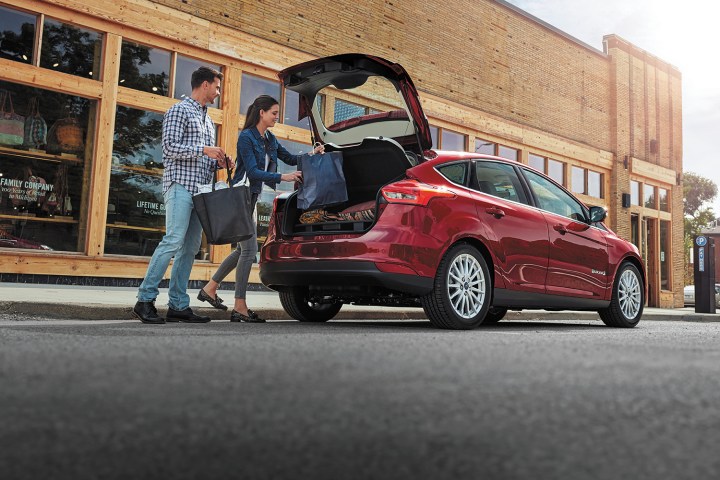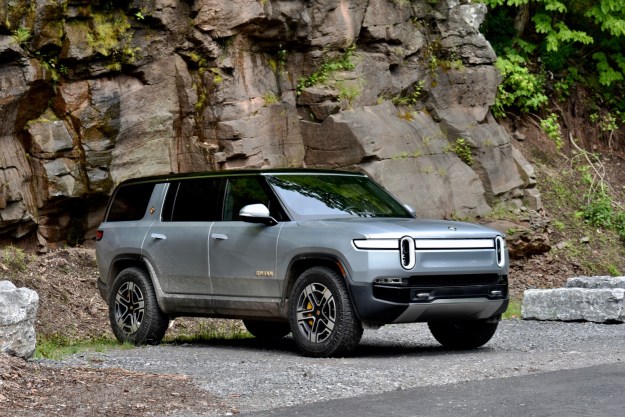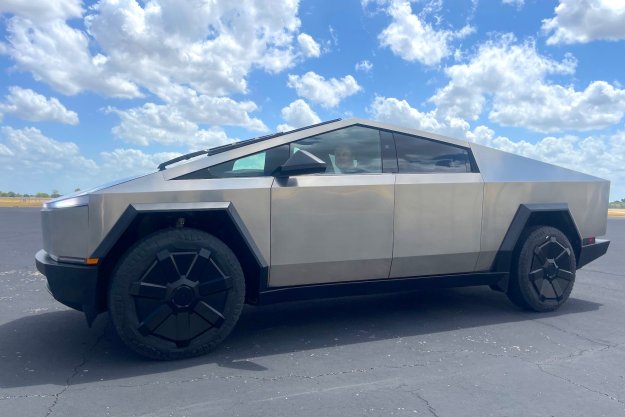
According to AAA, the average American drives about 30 miles in a day – a little less in winter, a little more in summer. The basic range of most new EVs is about 80 miles on a full charge under the worst possible conditions. For example, that would be on a cold, rainy night, when you’ve got the headlights, heater, and windshield wipers all using electricity in addition to the motor. The 80-mile worst-case range of an EV would cover 95 percent of all daily trips in the United States, according to data from the U.S. Department of Transportation. Of course, no one is an average. Only you can decide if an EV will work for your life.
Cost of ownership
When it comes to buying fuel, most people can save a bundle every month by switching to an EV. If you consider the EPA’s MPGe estimate for a 2014 Nissan Leaf, it gets 114 MPGe. In practical terms, the average price of electricity in North America is about 12 cents a Kilowatt Hour. At that price, and with regular unleaded gas at $1.50 per gallon, you’ll pay less than half the price of gasoline to go the same number of miles in an EV. For the record, the average regular gas price last month across the United States was $2.38 a gallon, making the Leaf an even better deal.

You can throw in some more benefits of owning an electric car, like the fact that expensive oil changes are a thing of the past, and that regenerative braking means that you don’t have to replace brake pads or rotors as often. Those aren’t as impactful as the steady purchase of gasoline at market prices, but it adds up to a generally lower cost of operation for an EV.
What’s the catch?
If you think I’m trying to sell you an EV, I’m not. Well, not a new one, anyway. There’s always a catch, and the downside of a new electric vehicle is the purchase price. Most new EVs are priced well above $30,000, or even into the $40,000 range if you want a BMW i3 or a Mercedes-Benz B-Class. Tesla, of course, is even higher. The high price of electric is a tough pill to swallow, considering that most EVs are built on economy car platforms and carry economy car amenities. I’m not talking about Tesla with that. Tesla lives all alone in its own rarefied market segment.
You’ll pay less than half the price of gasoline to go the same number of miles in an EV.
But if you went shopping for a new EV today, you’d find the least expensive option is the 2016 Smart ForTwo Electric Drive, which has been held over and steeply discounted in advance of the 2017 models due to arrive this summer. You’d also find the Mitsubishi i-MiEV with an MSRP of $22,995.
But let’s assume you want something that’s at least compact in size, in which case the least expensive option is the 2017 Ford Focus Electric with an MSRP of $29,995 including destination. However, Ford is offering $11,000 in incentives on the Focus, putting the price down below the Mitsubishi and close to last year’s Smart. That’s a pretty good deal.
The rest of the field is all over $30,000. Some options like the Hyundai Ioniq EV are available only in California, where the state has committed to promoting electric vehicles. By the time you apply the $7,500 Federal tax credit, you can get these into the mid-to-high $20,000s. The catch with the tax credit is that you have to have a Federal tax bill of at least $7,500 to use it. You can’t hold any of it over into the following year, or get the money as a refund. If your Federal income tax bill is lower, you lose the benefit.
Why not buy used?
So if new EVs tend to the spendy side, why not buy a used one? Here’s the only reason: people still don’t trust EVs. That’s why leasing them was so popular over the last few years. Everyone used to think that an electric car might not last like a gas-powered car. At a minimum, back in 2013 and 2014, we were all certain that by the time the lease was done, the 2017 crop of electric vehicles would be a lot better, and who would want to be stuck an old one at that point?

But apart from the Chevy Bolt, with its 238-mile range and $37,495 price tag, most new electrics are still getting about the same 80-100 mile range they got three years ago. And a used EV with about 30,000 miles on the clock is still getting about the same range that it got when it was new. That’s because the smart battery management system helps the car continue to perform over time. You might lose 5 percent of range in three or four years, but that’s still a lot of life left in a lease return EV. There’s a really detailed scientific analysis of EV battery fade here.
Check out the prices
At the dealer auctions, these cars routinely sell for about $6,000 to $8,000.
Here’s the really cool part – the prices on lease return EVs are crazy low. At the dealer auctions, these cars routinely sell for about $6,000 to $8,000. You won’t find prices like that on gas-powered cars. According to ALG, which sets residual values for cars coming off lease, and according to Black Book, which tracks wholesale used car prices, the value of a three year old Nissan Leaf is just 18 percent of its original sticker price. A comparable gas-powered car retains about 50 percent or more of its original value.
The other really good thing is that most EVs have been gently driven and cared for. EV people care about range, so generally speaking they haven’t been flogging the car around town. That means you’re likely to get a pretty clean and well-maintained vehicle for your money.
The case for the used EV
The bottom line in all this is really simple. If you have been thinking about an EV but you can’t afford to spend big money up front, or if you’re not rich enough to take advantage of the whole tax credit, go check out the used EVs. Any dealer can get them. They’re typically priced to move quickly, and the dealer will be motivated to make you a great deal. If you’re among the half of Americans who drive less than 30 miles a day, you’ll get years of cheap driving out of a nice used EV. That’s money in your pocket, which is always a good thing.


